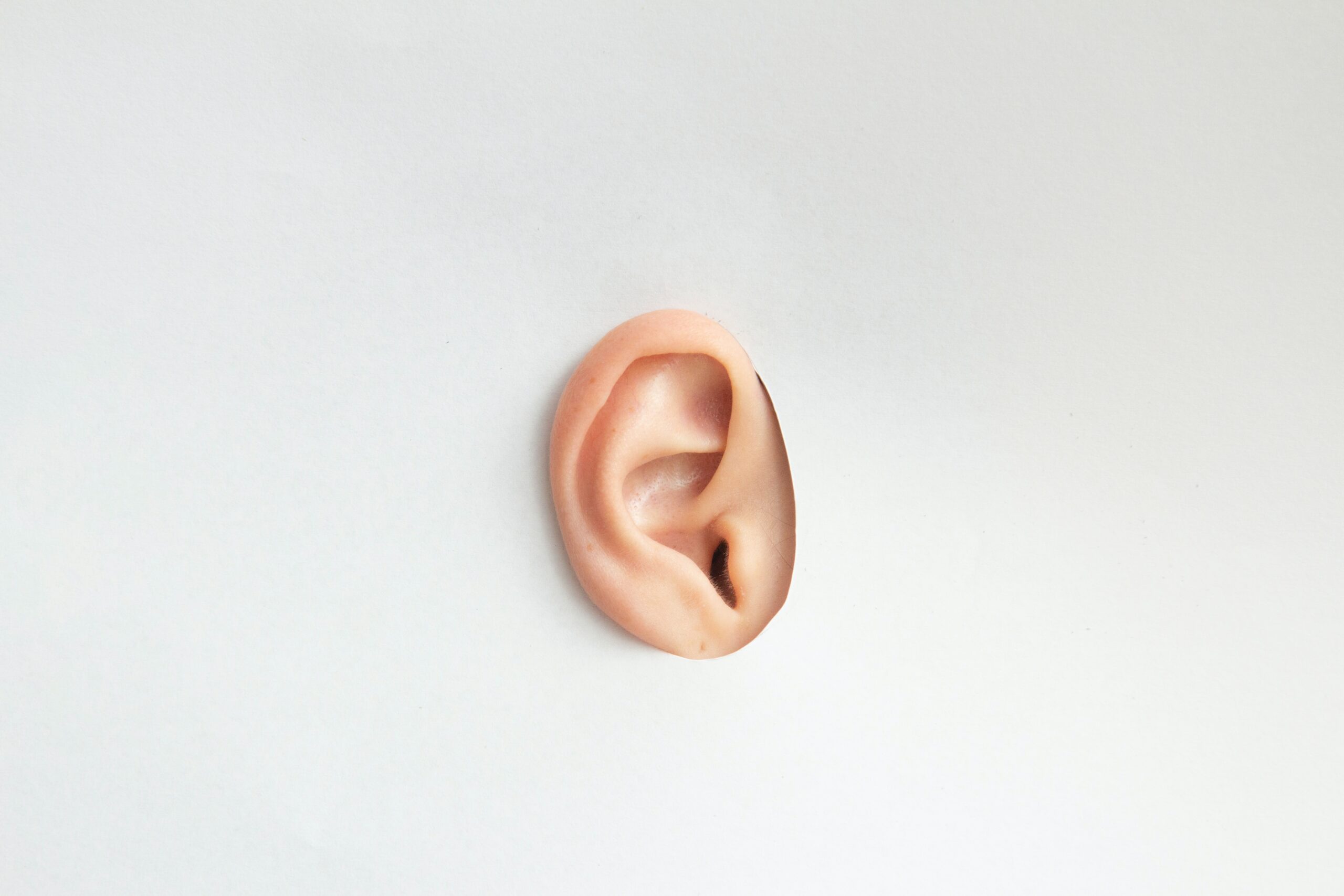Listening is not only the work of our ears but of almost all our senses and even our brain. Active listening is a communication skill that drives our success in our personal, academic, and work relationships.
Is hearing the same as listening?
Hearing and listening are not the same thing. Hearing is biological and involuntary; we do not need consciousness to perceive our environment through our sense of hearing. On the other hand, listening is the opposite because it requires more effort to capture our attention; interpreting a message correctly involves our way of seeing the world.
For example, let’s suppose your favorite singer is playing on your living room speakers. There are two ways to perceive the song: the first would be that you are in your living room with guests, so you decide to play the music as background ambiance, where you can distinguish the song and even sing some of the lyrics.
On the other hand, the experience is different when you actively listen to a song. By focusing all your attention on it, you can distinguish the rhythm, the instruments being played, and the meaning of the lyrics. In the end, everything suddenly comes together, and you can understand what the singer was trying to communicate through their music; that’s where we usually say, “This is a great song!”
These two examples can be applied to conversations of daily life, where we often put dialogues in the background for different reasons: multitasking, not being in the mood (which reduces our attention span), not being open to different opinions, constantly interrupting other people due to prejudices, or quickly anticipating what the other person will say.
Active listening is a skill that allows us to consciously capture the complete message of a sender with the intention of understanding, retaining, and reflecting on it. Beyond just listening, it involves giving our full attention through body language, empathy, and eye contact.
Education’s illusion: passive listening
Previously the perfect model of a classroom was for the teacher to speak uninterruptedly while the students listened in silence. While this situation may be ideal for many teachers, the absence of noise is not necessarily a good sign. Some students seem to pay attention and even nod in agreement, but the reality is that many are possibly listening passively and are busier inside their minds.
Passive listening is one-sided, where the receiver makes no effort and is only a spectator who does not react or share ideas with the sender. This type of listening is not necessarily wrong, as it is common in conferences or informal conversations; however, it can be a strong opponent in the classroom and interfere with students’ learning.
There are some signs to identify this type of listening: the person may show an ignorant attitude, stay uninvolved, select specific parts of the conversation, do not fully understand, and be distracted. Confronting passive listening brings numerous benefits to both the teacher and the class because it promotes trust between teacher and students, increases learning comprehension, and facilitates a positive environment for everyone in the classroom.
Encouraging participation, constantly asking students if they understand the lesson, and creating collaborative activities are examples of how teachers can avoid monopolizing the class and keep everyone involved. Teachers spend most of their time talking during their lessons, but sometimes they must also take time to just listen to their students. However, when talking to one, teachers may rush to interrupt or quickly think of a solution before their student finishes speaking, leading to failure to understand the student’s meaning. It is necessary to reflect on the message received to respond with the best answer. In addition, the student may not be seeking a solution and may just want to be heard by someone.
Live in the present: techniques to encourage active listening.
Active listening can be challenging to implement daily. Still, some techniques can help us keep this concept in mind when communicating with others.
- Be open: Our mental models play an essential role in communication; not accepting other points of view can close our listening channels by constantly interrupting or ending the sender’s sentences. We must practice patience and let the person finish speaking to fully understand what he says before answering.
- Be empathetic: More than listening to problems, people like to solve them fast. Although it may not be our intention, we repeatedly intervene or complete the sender’s sentences without them finishing, which can backfire by interrupting the conversation thread or deviating from the original idea. In addition, preventing the person from finishing speaking can make them feel like they don’t matter by putting their thoughts aside.
- Paraphrase: A valuable technique is paraphrasing what you have just heard to show you understand the message. It may be redundant at first, but you may be surprised by the results of doing it continuously. You can start with phrases like “What you’re telling me is that… ” and “Do I understand that what you told me is…?”
- Reinforce: Communication involves two (or more) people. We can give affirmations through positive body language to confirm we have received, such as smiling, nodding, maintaining eye contact, and putting our hands in front of us. We can also engage with the sender by asking open-ended questions about the topic when relevant and summarizing the message to check that what we hear is correct.
- Be present: There are currently thousands of distractors, either physical issues (ex. being in a noisy place, receiving notifications on the cell phone) or mental (ex., being occupied with personal matters in your head). It is essential to always be present at the moment, remembering to respect the time of others and give them the attention they deserve.
- Repeat: We have all been in situations where it is almost impossible to listen, either because the subject is boring or we are tired physically or mentally. An excellent technique to follow the thread of a conversation, meeting, class, etc., is to repeat what the person is saying in our heads. This way, we can easily focus on what the speaker says.
Charlotte Brontë said, “The eagerness of a listener quickens the tongue of a narrator.” Active listening encourages positive communication with the other person, creating an environment of understanding and empathy; through this, the sender ensures that his message is received successfully and feels heard and valued. From the receiver’s perspective, active listening helps the message be understood to the maximum and turns this person into an active element that reinforces the communication process and allows in-depth reflection on the message.
Translation by Daniel Wetta
This article from Observatory of the Institute for the Future of Education may be shared under the terms of the license CC BY-NC-SA 4.0 
)
)


)